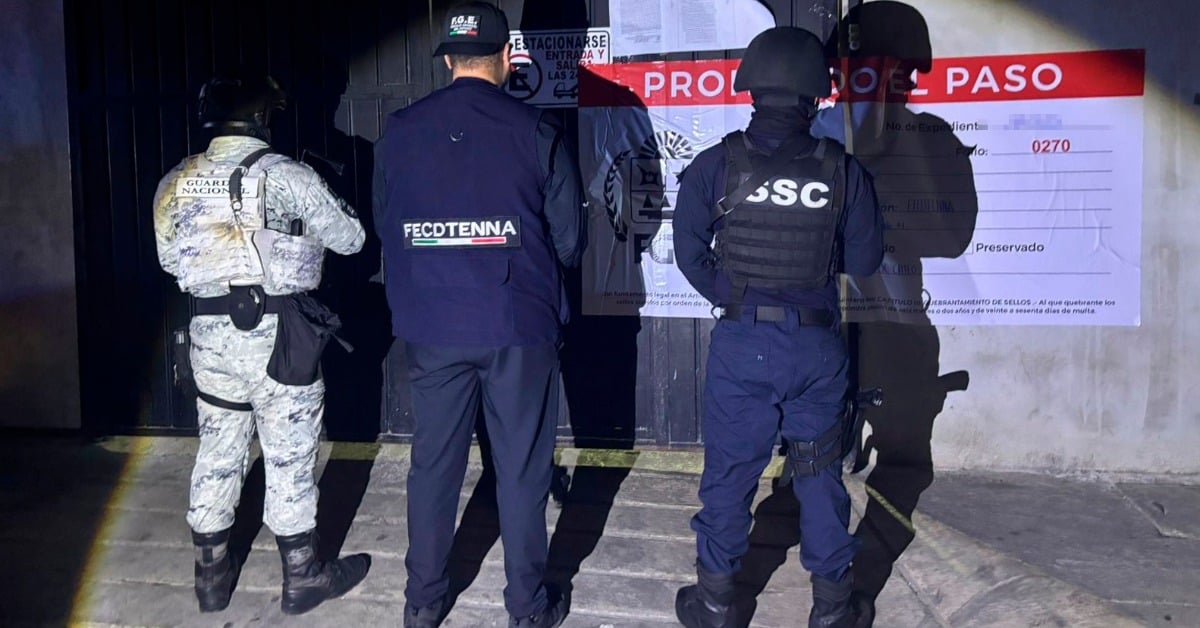Police in Cancún have rescued three indigenous teenagers trafficked from southern Mexico and forced into grueling work at a taquería . . .


Police in Cancún have rescued three indigenous teenagers trafficked from southern Mexico and forced into grueling work at a taquería . . .
